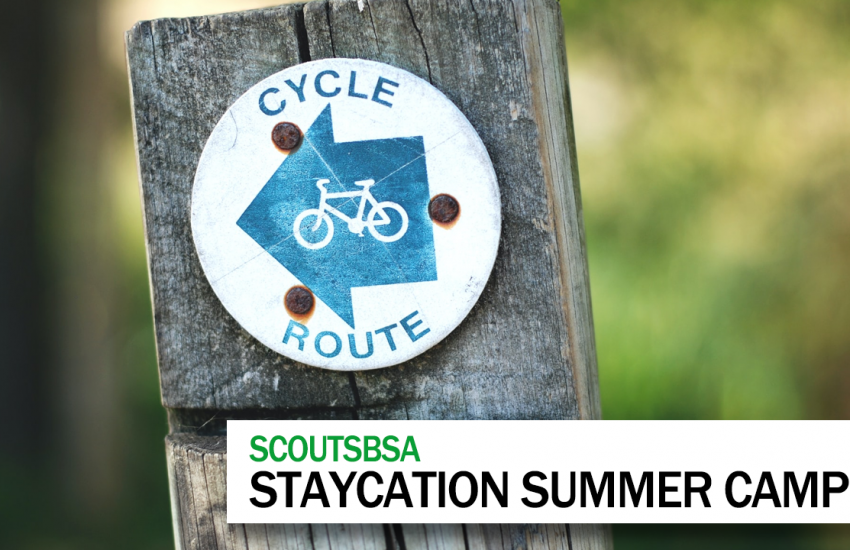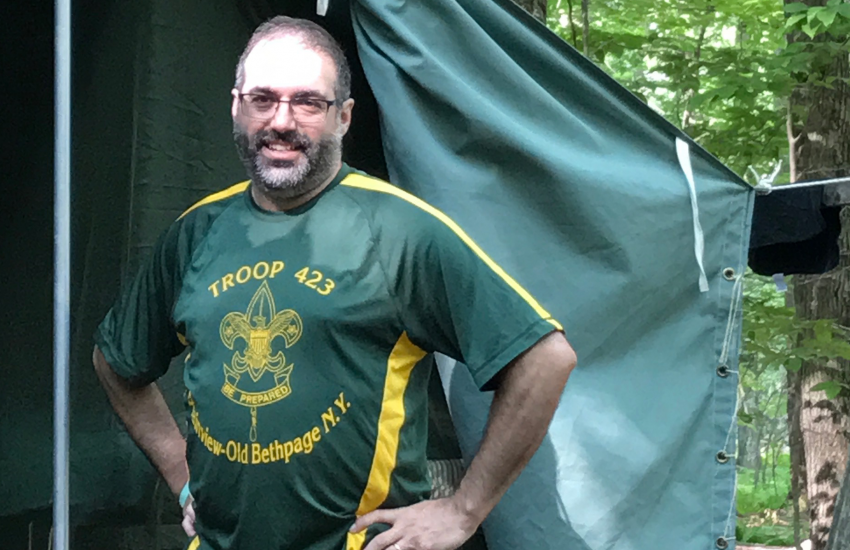A discussion of the realities of scout communications between scouts, leaders, parents MB Councilors and how to keep scouts safe within the Scouts BSA program.
Transcript:
With the institution of the latest youth protection guidelines any communications you have with a scout is also subject to no one-on-one contact. And while you can pick apart each of the different communications and find scenarios that you can try and justify that it doesn’t make sense.
But the reality is these guidelines are here to stay and are designed to protect both the leader and the scout.
As the guideline states: Two-deep leadership and no one-on-one contact between adults and youth members includes digital communication. Leaders may not have one-on-one private online communications or engage one-on-one in other digital activities (games, social media, etc.) with youth members. Leaders should copy a parent and another leader in digital and online communication, ensuring no one-on-one contact exists in text, social media, or other forms of online or digital communication.
These all can be challenging when trying to adhere to the regulations with the scouts. One of the benefits of the scouting program can for scouts who might not have the best home life and role models to be able to have positive interactions with adults. These adults become mentors and someone the scouts can rely on as constant presences in their lives. Unfortunately, some have used this over time as a way to take advantage of others. In youth protection vernacular it’s called grooming.
For email communication it’s been easy to get the adults on board, but admittedly can be confusing, as I have other leaders in my unit looping me into communications I have little to do with. The scouts however it has been a harder go of it.
As scouts will email me for information pertaining to eagle, as I am the troop’s eagle coach, or regarding a merit badge, or other troop happenings, the scout has been much less concerned about the rules, and usually does not cc an adult.
And I think this can sour the relationship a bit, as the first thing you do prior to replying is to remind the scout to cc a parent or leader.
But it seems sometimes no matter how often you remind certain scouts they continually repeat the same actions.
Other communications can be just as troubling. Text messaging for instance is problematic just because of the immediate nature of them. For texting thankfully don’t use it for one on one scout communications, but more as a mass communication vehicle through an app called remind.
For phone calls, it can be even harder. As a merit badge councilor for phone calls, the scout is the one initiating the call, and if it goes past the short introduction I ask them to put their phone on speakerphone, or ask to speak to mom or dad for a moment. As using the phone has become so out of fashion for younger folks, they usually have mom standing by explaining how all the buttons work anyway.
The best you can do, is discuss how you want your troop to handle different communications, and set the rules with the adults and the scouts, have scouts complete the cyberchip, which goes into some of the communication basics as well.
Even years before the whole cyberchip was initiated, I would have conversations with my cub scouts, about trust, and communications, and while it could be a bit shocking to the boys (as the time, it was all boys, this is how far back it was.) I would ask them in a group, who they should trust, and invariably, I would ask if they should trust me, as a leader, and I would have to tell them no, and then Segway into the communication about trust and protecting themselves.
Take what you like and leave the rest, and as we say in Woodbadge, feedback is a gift, leave yours below in the comments, with the hope we can all learn together.
I’m Scoutmaster Dave, and this was a bit on scout communications.




